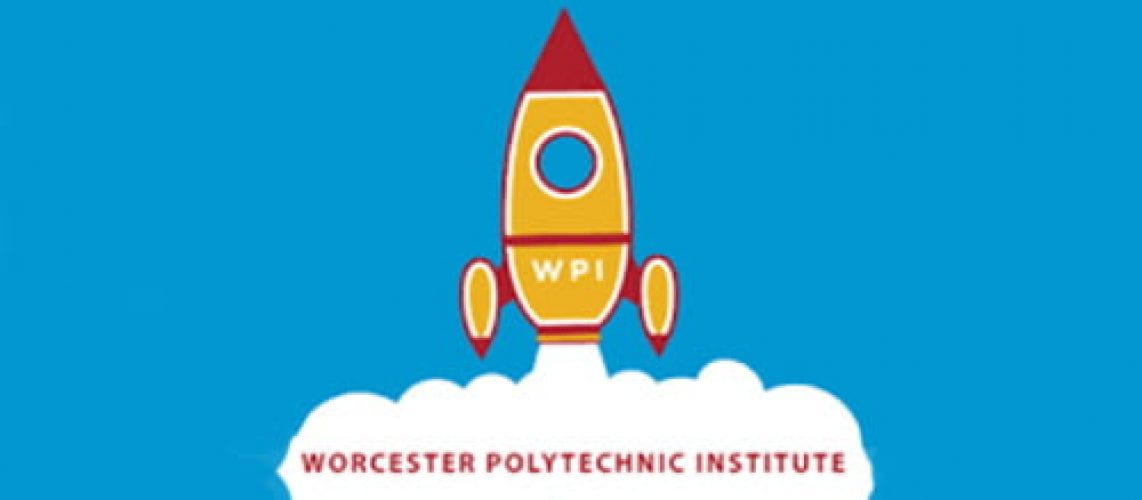If you have not already prototyped a game, please visit the Design module before this one.
This module shows you the basics of writing code for your game. Since this is such a broad topic, the module is split into a section for beginners and a section for those who are already familiar with code and/or game engines. By the end, you’ll have a grasp on how to use programming to create the parts of your game that can be interacted with (menus, the user interface or UI, player interactions, etcetera).
Clothes make the human, and interactions make the game. Check out this article to see why interactions within games are so important.
Necessary Tool for Beginners: Scratch, for simple 2D games that everyone can enjoy
Scratch’s website has its own section for tutorials that you can use, but it is also fairly easy to use without experience. Once you feel confident enough, try making some of these simple mini-games so that you can practice before starting on your own game. The first simple mini-game can be used as a tutorial itself, so we recommend starting there.

Once your team is able to use Scratch well, meet up and figure out who will be tasked with creating the following interactable game parts for your team’s game:
- Interactions within the game
- Feedback (button clicks)
- User Interface
- Menus (such as the main menu and the options menu)
This process can be time-consuming, but it’s always rewarding. If you can handle all of the above tasks within Scratch, you’ve essentially made a game already. Needless to say, that means that you have completed this module!
_________________________________________________
Necessary Tool for Advanced Users: Unity, for 3D graphics and advanced interactions
Unity is a big game engine, so you should start with these tutorials on Main Menus, User Interface, and Interactions/Feedback. Once your team has succeeded in creating these for your game, you should all move on to the next training module.

